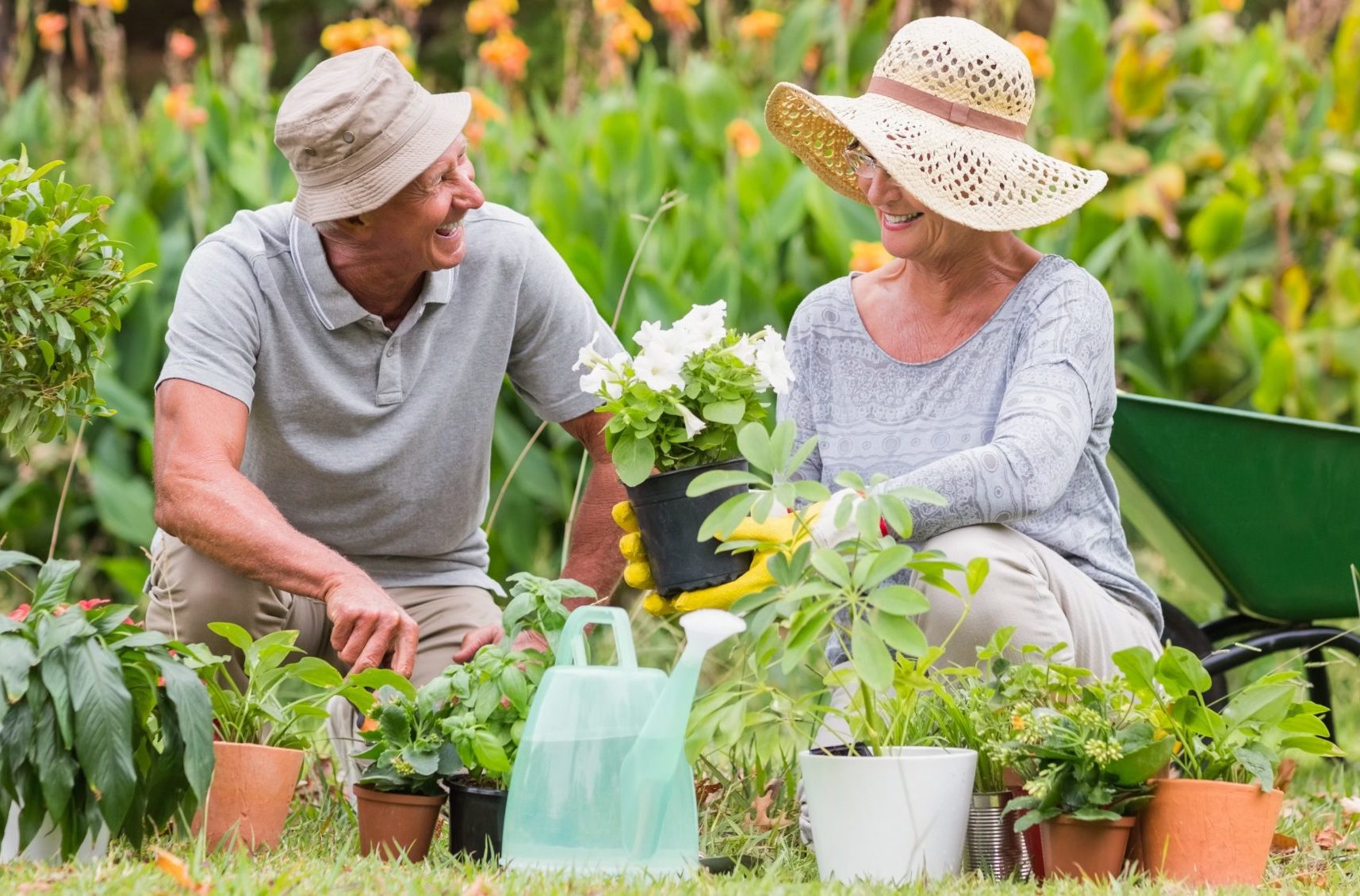The Ultimate Overview to Horticulture for Beginners: Step-by-Step Tips and Strategies for Growing a Prospering Yard
From understanding your garden space to choosing the right plants and preparing the soil, we've got you covered. Get prepared to release your environment-friendly thumb and create an attractive, growing yard.
Recognizing Your Garden Space
Comprehending your garden room is vital for developing a thriving yard. This will assist you figure out which plants will grow in each location. gardening tools for beginners.
Following, evaluate the soil in your yard. Is it sandy, clay-like, or loamy? Recognizing your dirt type will lead you in choosing the right plants and carrying out ideal soil modifications. Furthermore, consider the water drainage of your garden. Is it prone to waterlogging or does it drain pipes quickly? This information will aid you make educated choices about watering and plant placement.
These are tiny locations that may differ in temperature or wetness levels contrasted to the remainder of your garden. Make use of these variants to your benefit by planting heat-loving or moisture-loving plants in these areas.
Picking the Right Plants
:max_bytes(150000):strip_icc()/102683249_preview-2000-be230cf7d0f7407587bf77003132f539.jpg)
Following, consider your gardening objectives and choices. Are you seeking to expand vegetables, blossoms, or a mix of both? Do you choose low-maintenance plants or are you eager to put in added initiative for high-yield crops? Believe concerning the amount of time, energy, and resources you agree to buy your garden.
In addition, think about the room offered in your yard. Take measurements and prepare out the format of your plants. Think about the mature size of each plant and make certain they have adequate room to grow without overcrowding each various other.
Lastly, consider the practicality of your plant choices. home gardening for beginners. Will you be able to provide the required care and maintenance for your selected plants? Consider factors such as watering, fertilizing, pest control, and pruning
Preparing the Dirt for Growing
As soon as you have actually picked the appropriate plants for your growing yard, it's time to dive right into the vital job of preparing the dirt for growing. Prior to you begin digging, it's important to examine the top quality of your dirt. Take an example and test its pH levels, as different plants flourish in different pH varieties. Adjust the pH if necessary by including lime to elevate it or sulfur to reduce it.

Once the soil is ready, produce furrows or openings for growing. The deepness and spacing will depend upon the details demands of your picked plants, so describe the seed packages find or plant labels for assistance. Carefully put the plants in their marked places, ensuring that the origins are covered with dirt. Securely press the soil around the base of each plant to get rid of any air pockets.
As you water, be cautious not to wash away the dirt or damages the delicate plants. With appropriate soil preparation, your garden will certainly be well-equipped to sustain the development and success of your plants.
Watering and Fertilizing Techniques
After preparing the soil for growing, it's necessary to recognize reliable watering and fertilizing strategies to make sure the health and wellness and growth of your yard. When it pertains to watering, it's important to strike an equilibrium. Overwatering can lead to root rot and other diseases, while underwatering can result in stunted growth and wilting. The trick is to supply sufficient water to maintain the soil constantly moist however not filled. If your plants need watering is by sticking your finger regarding an inch into the soil, one method to determine. If it feels completely dry, it's time to water. When watering, objective for the base of the plants, as moistening the fallen leaves can encourage illness. When it comes to fertilizing, it's vital to give your plants the nutrients they need to prosper. Organic plant foods, such as garden compost or well-rotted manure, are excellent options as they supply a slow-moving release of nutrients. It's best to apply fertilizers in very early springtime or late loss, following the directions on the bundle. Bear in mind to sprinkle your plants after feeding to aid the nutrients get to the origins. By mastering these watering and fertilizing techniques, you'll be well on your method to a growing yard.
Keeping a Healthy And Balanced Garden
To preserve a healthy garden, you should frequently examine your plants for signs of insects or diseases. By doing this, you can catch any kind of concerns beforehand and take the necessary steps to stop them from creating and spreading directory out damages to your entire garden. Seek any kind of uncommon areas on leaves, wilting or yellowing vegetation, or openings in the fallen leaves, as these might be indications of conditions or parasites. If you notice any one of these indicators, it is necessary to take instant action.
One means to combat bugs is by using all-natural remedies such as insecticidal soaps or neem oil. These work in controlling typical pests like aphids, mites, and whiteflies without damaging useful pests. One more approach is to encourage helpful bugs like ladybugs and lacewings, which prey on garden bugs. Growing flowers such as sunflowers, marigolds, and daisies will certainly attract these helpful pests to your garden.
In addition to parasites, diseases can likewise affect your plants. Appropriate spacing in between plants and great air blood circulation can likewise aid protect against the spread of conditions.
Verdict
By understanding your yard area, selecting the right plants, preparing the dirt, and carrying out appropriate watering and fertilizing strategies, you can produce a successful garden. With perseverance and commitment, you'll quickly be taking pleasure in the charm and bounty of your very own growing yard.
Use these variants to your advantage by growing heat-loving or moisture-loving plants in these areas.
